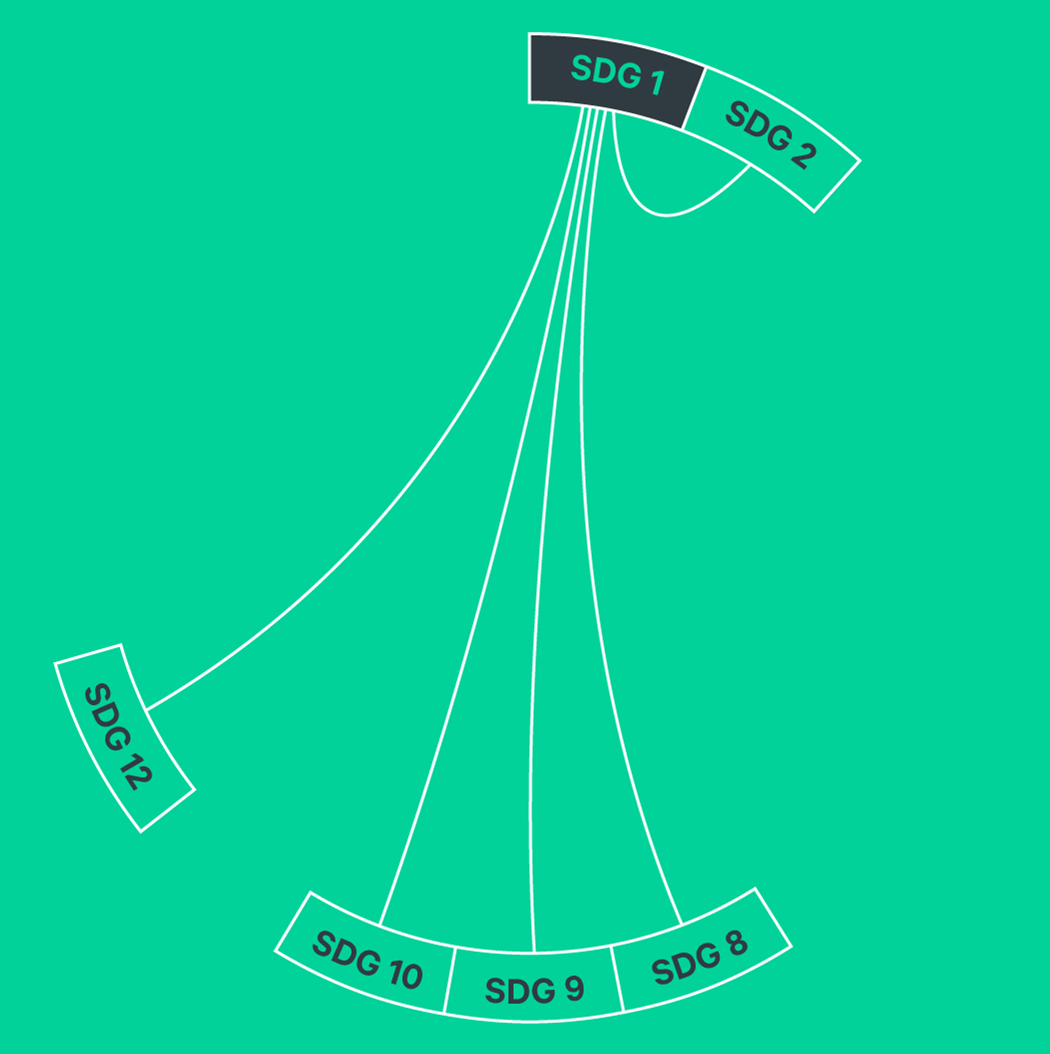This change story was originally published in our 2017 annual report.
Crop losses, especially during and after harvest, place a huge economic burden on farmers across Kenya, Nigeria and Tanzania: their time and labour are wasted, and resources they’ve poured into their crops go down the drain. Half of the produce from these countries is lost before it can reach market.
Small-scale farmers are affected most of all, which is why simple technologies were being introduced to mango growers in Kenya: improved packing crates, fruit-fly traps, fertilisers and ‘tar-pulling’ (for cosmetic care of the fruit, post-harvest). It was hoped that these improvements would reduce losses, and help to lift growers out of poverty.
But adoption of these technologies remained stubbornly low. A team of SEI researchers from the Behaviour and Choice Initiative, with the support of a number of local partners and the Rockefeller Foundation, wanted to understand why, with the aim of then suggesting ways to increase uptake of the “better” farming technology.
A group discussion during the mango field trip. Photo: SEI / Flickr.
Photo: SEI / Flickr.
Once on the ground, however, the research team discovered that uptake wasn’t just low – it was almost non-existent. It quickly became clear that a new approach and a new set of research questions were needed.
Through user-led methodology – derived from service design theory, prioritising the behaviour, context and needs of the end user – the researchers gained a thorough understanding of the mango-farming ecosystem directly from those involved in it. This included running workshops involving the various actors in the mango value-chain, and mapping interactions between them all, and the creation of a “typical” Hola mango farmer as a route to understanding. Thanks to this bottom-up, holistic approach, the project’s findings were directly relevant for local farmers.
“[This study] was a different way of capturing the realities that happen on the ground … With this information we are able to understand the entry points for how to effectively influence change.”
—Kagwiria Koome, Rockefeller Foundation, Kenya
Photo: SEI / Flickr.
The study found that growers had little or no incentive to use new technologies to improve the quality of their crops, since almost all of their product went for pulping or juicing. They also found most growers around Hola worked mixed farms, with mangoes accounting for less than 20% of their income, on average – a further disincentive to investment. Poor infrastructure such as roads, meant growers had limited or no access to more lucrative (higher priced) export markets. These results were dramatic – and unexpected – and are leading to improved policies to support growers and their communities.
But the key impact of this study was in showing that, through behavioural and user-centred methodology, and by working with local actors to understand local context, we can and should rethink assumptions around development, to provide better designed and more effective interventions.
Photos: SEI / Flickr.
All of SEI’s work can be viewed through the lens of alleviating poverty; we work to understand the confluence of factors – the social, environmental, political and economic circumstances – that keep people in poverty.

This study from Hola focused on a rural community, since over 70% of the world’s poor live in rural areas and rely on agriculture for their living. But its findings inform larger, systemic questions around how we tackle SDG 1, including whether we need to reconsider the way in which development interventions are designed and delivered.
The Hola project has co-benefits for a number of other SDGs, but perhaps most significantly
for decent work and economic growth (Goal 8).
This is an impact story – a highlight of our work from 2017. This story and a selection of others can be found in our annual report.
SEI annual report / This year’s annual report, ‘An agenda of action’, presents highlights of SEI’s work in 2017.
Design and development by Soapbox.




